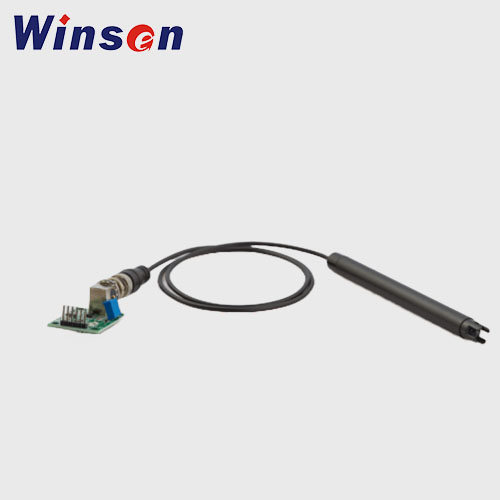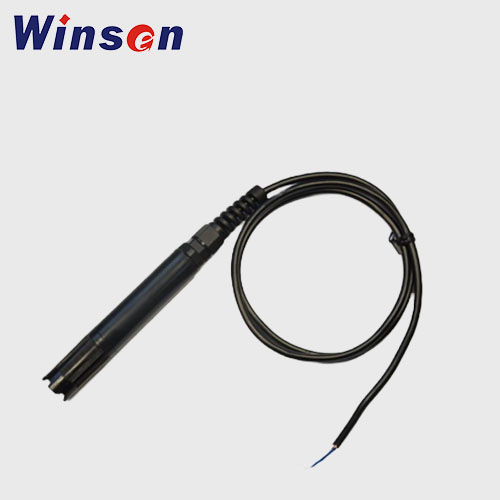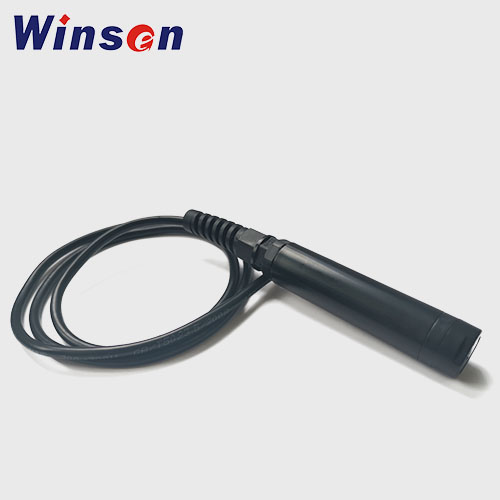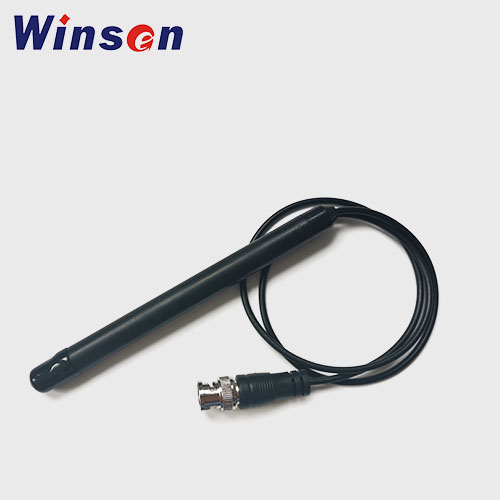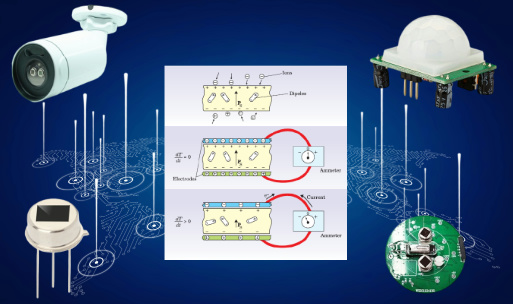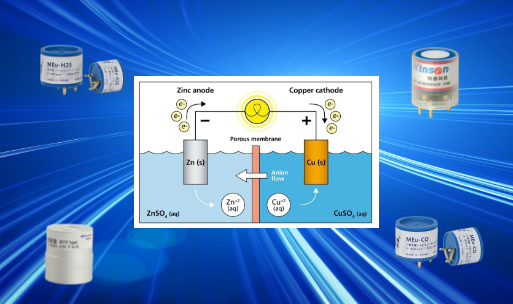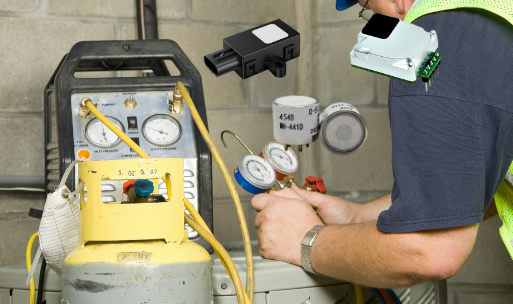Water Quality Detection Sensors for Swimming Pools
Swimming is an excellent sport that many people love which can not only cool off, but also helpful to shape the body. As one of the main places for swimming, the water quality of swimming pools is directly related to the health of swimmers.
For artificially built swimming pools, the water quality must meet the hygiene standards. Generally, swimming pool venues will publicize the test results and test time of residual chlorine, pH value, temperature, etc. in the pool water in a conspicuous position.
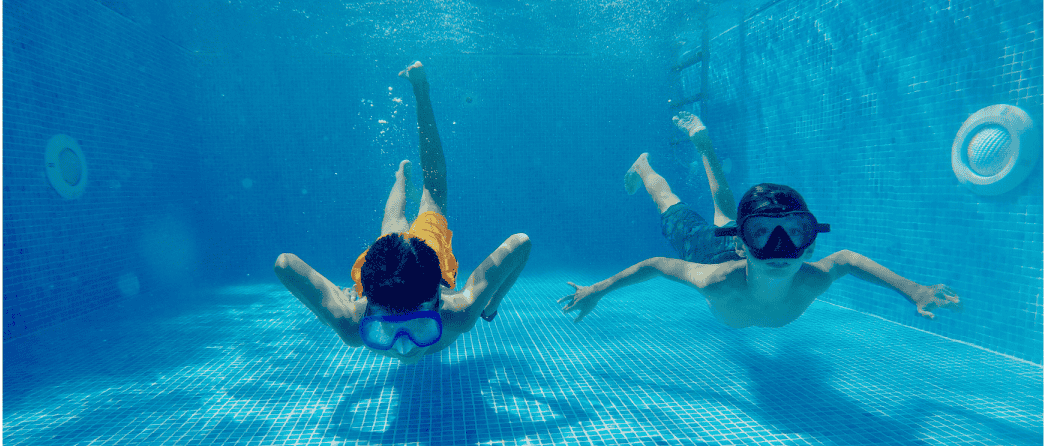
The necessity of swimming pool water quality monitoring
The main monitoring items of swimming pool water include temperature, turbidity, pH, residual chlorine, oxidation-reduction potential ORP and other parameters.
1.Water and Air Temperature
The water temperature is comfortable between 23-30℃ and appropriate to make body stretches. The air temperature of an indoor pool should be two degrees (2º) warmer than the water, but a maximum of 86ºF (30ºC).
2.Turbidity
Turbidity is a measurement of how cloudy water is and also the clarity of swimming pool water. It is an index reflecting the physical properties of pool water and indication for the effectiveness of the filter system and cleaning agents. It can directly reflect the content of suspended pollutant particles in pool water. The higher the turbidity, the less clear water is. It is measured with a turbidity meter or turbidity sensor.
There can be several reasons for turbid water, some that can be a sign of poor water quality and can be potentially harmful to swimmers.
When turbidity is high:
- 1) It is not easy to see the bottom of the pool, which will affect the swimming feeling and affect the sight of lifeguards on the shore, which may easily cause accidents or delay emergency work;
- 2) Excessive particles may damage the swimmer's eyes;
- 3) There are many kinds of microorganisms in the water, which may infect diseases;
- 4) It requires a large amount of disinfection, and the sterilization efficiency becomes poor.
3.Water PH Level
PH level in swimming pool water indicated the balance of acid and alkali. The acceptable range for pool water pH is regulated as 7.2-7.8 in most countries., and the ideal pool pH is between 7.2 and 7.6. If the water pH is higher than 8, anyone who swims in the pool is at risk of skin rashes, while a pH of lower than 7 can sting swimmers' eyes. The PH level and be tested with pH strips or PH sensors.
4.Residual Chlorine-RCL
Residual chlorine is the amount of chlorine that remains in the water after a certain period or contact time to ensure the continuous disinfection ability of swimming pool water, to inhibit the reproduction of remaining bacteria in the water, to prevent cross-infection and to cope with the adverse effects of sudden increase in swimming load on pool water. At the same time, excessive residual chlorine will stimulate the swimmer's skin, respiratory tract, and internal organs.
5.ORP Level
Oxidation-reduction potential (ORP) is an indicator commonly used in the world to judge water quality and a parameter to measure the effectiveness of disinfectants in water. It reflects the ability of disinfectants to disinfect in water. When the oxidation-reduction potential of the pool water drops below 600mV, the organic matter in the pool water will become cloudy due to emulsification, which will affect the swimming experience.
Water Quality Detection Sensors Used for Swimming Pools
The sensors are able to detect and collect target parameters, through wireless transmission, data are sent to processing and analyze center for next operation. Real-time monitoring and strict filtration and disinfection of pool water are important links to prevent the spread of various diseases, and protect swimmers. Reasonable use of water quality testing data can guide swimming pool venues to scientifically adjust various parameters within the standard range and optimize swimming pool operation management.
